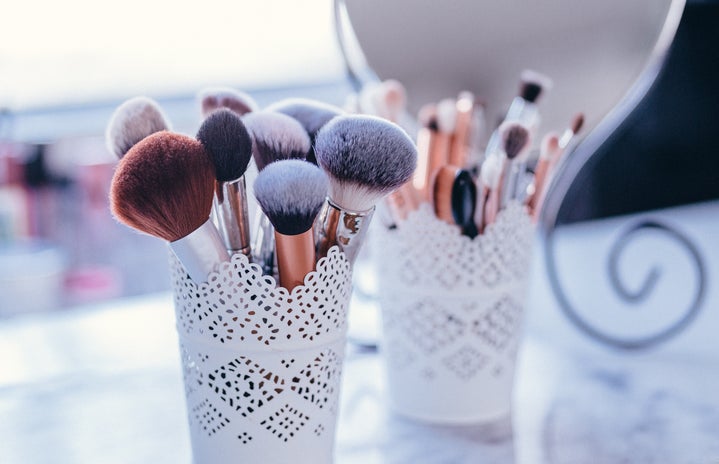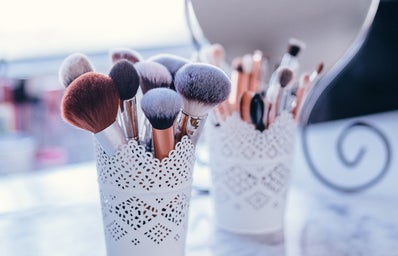Foam, gel, cream, milk, oil… Some of these words sound like things they add to your frappe at Starbucks. There are so many types of cleansers that a collegiette can use, and to add on to that there are tons of brands as well, so how do you pick the right one? I’m here to help crack the code on cleansers and make sure you get the most out of your purchase!
1.Do not fear the oil!
Cleansing your skin with oil seems quite counterproductive initially. Why would you use oil to cleanse when you’re trying to make sure your skin doesn’t get oily? The secret is that when you use an oil cleanser you nourish your skin and make sure you don’t strip away any of the natural oils your skin produces. The more you strip these oils away, the more your body will fight back and produce more of them to make sure it’s protecting itself from damage. After all, that’s why they’re there. Chemicals such as sodium lauryl sulfate (SLS) are detergents that are meant to strip away oils, so try to stay clear from them if you want your skin to be more balanced.
2. Know the skin you’re in.
Everybody’s skin is different and the chemicals we react to also change. If you ever used that one cleanser that made you break out very badly or left your skin irritated, turn the bottle around and check the ingredients list before you give it away. If there were any oils or chemicals towards the top of the list that you think might be irritating to your skin, make sure you stay away from them for your next purchase. This will help you cut costs and make sure your skin stays clear.
3. Start small.
If you want to get into using oil as a cleanser or want to see how your skin reacts to an ingredient, it’s better to start with cheaper brands and then work your way up. If you can’t get a sample from the store, it’s better to spend 20 dollars on the cleansing oil from The Face Shop rather then to splurge 55 dollars on the Emma Hardie cleansing balm people have been raving about. I can tell you that the quality will not be the same, but better to figure out whether or not you like or can use something before you splurge.
4. Read reviews.
There are numerous blogs and websites where people review products. Most of them state what type of skin they have as they start the review, so make sure you find someone that has a similar skin type. As far as bloggers or YouTubers go, you can check out this blog for some of our favorites or you can visit websites such as MakeUpAlley and see what other people thought about products.
5. Check the ingredients list.
Even though I already talked about checking the ingredient list, I can’t stress this enough. Some brands that sell for over 50 dollars use very cheap materials such as mineral oil as a main ingredient and those products are ones you should think twice before purchasing. As a rule of thumb, the ingredients at the top of the list have the highest percentage and the ones at the end have the least.
Images obtained from:
http://cdn29.elitedaily.com/wp-content/uploads/2014/04/shower-gif.gif
http://9lives.co.za/should-i-be-using-a-cream-cleanser/
http://thetreasurechestt.blogspot.ca/2013/07/review-burts-bees-orange-es…
http://www.incosmetics.co.uk/free-beauty-samples-free-stuff-magicfreebie…

